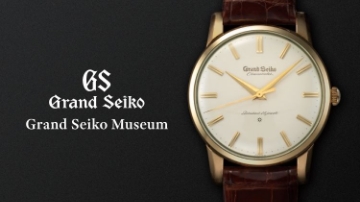1881
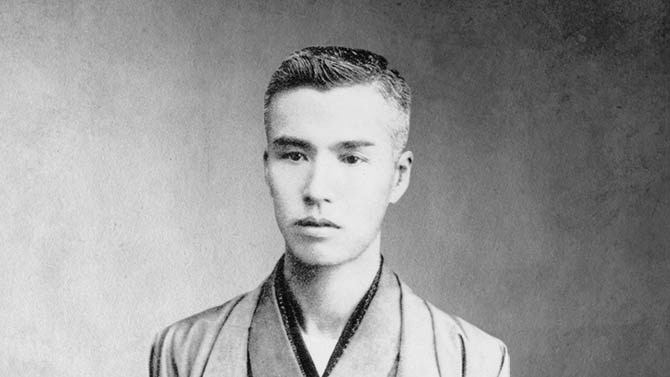
Kintaro Hattori establishes the K. Hattori (watch and clock retail and repair store).
Earning the trust of foreign trading companies, the business expands greatly
1892
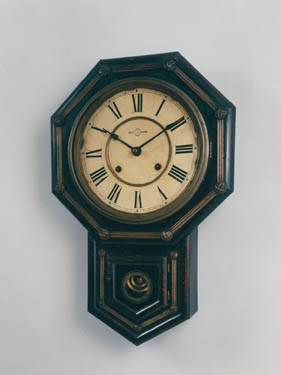
Building on the success of the retail business, Seikosha is established and commences manufacturing of wall clocks.
1894
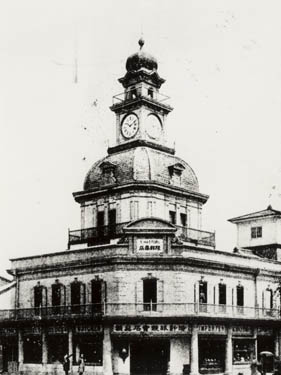
The company moves to the corner of Ginza 4-chome and builds a store with a clock tower
1895

Manufacturing of the company's first pocket watch, the Timekeeper, commences.
By persisting in the pocket watch business, despite continuing losses, the company eventually corners the market.
1900s—
1905
Distributors established in Shanghai and Hong Kong.
1913

Anticipating a shift away from pocket watches, the company launches Japan's first wristwatch, the Laurel.
1923

Despite losing all its factories and stores to the Great Kanto Earthquake in September, the company recommences operations in November. The company replaces all watches that were held for repair and destroyed in the disaster with brand new watches free of charge, thereby gaining the firm trust of the public.
1924
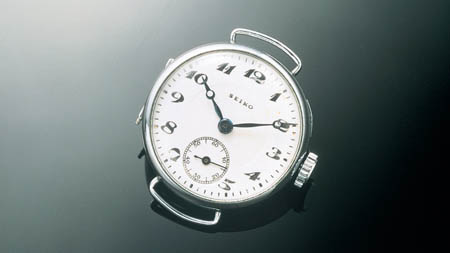
Launch of the first Seiko brand watch.
1932

Completion of the current clock tower on Ginza 4-chome (SEIKO HOUSE).
1937
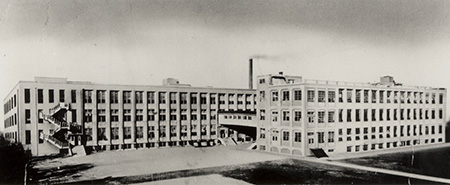
Daini Seikosha (now Seiko Instruments Inc.) established.
1940s—
1947
Retail division separates to become Wako Co., Ltd.
1949
Listed on the Tokyo Stock Exchange.
1950s—
1959
The Suwa factory becomes independent and forms Suwa Seikosha Co., Ltd. (now Seiko Epson Corporation).
1960
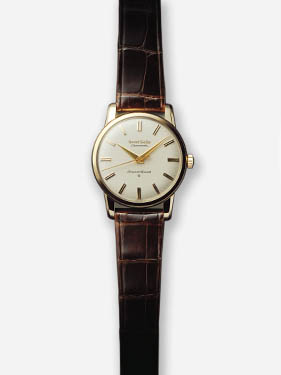
Launching of the Grand Seiko, achieving the world's highest standard in accuracy.
1964

Official timer of the Tokyo Olympics.
Seiko later serves as official timer of 5 other Olympic Games (Sapporo, Barcelona, Lillehammer, Nagano, Salt Lake City).
1968
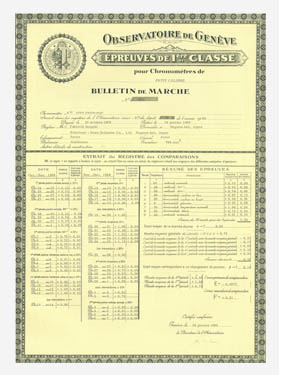
Seiko takes the top ranking for mechanical watches at the Geneva Observatory Competition.
1968

Launching of the world's first quartz wall clock for home use.
1968
Hattori (H.K.) Ltd. (currently Seiko Hong Kong Ltd) is established in Hong Kong, after which local corporations are established in succession around the world.
1969

Launching of the Quartz Astron, the world's first quartz watch.
1970

Developed a quartz watch equipped with the world’s first CMOS IC
1971

Kiyoko Nakayama* becomes the first female Contemporary Master Craftsman.
Since then, there have been 26 employees designated as Contemporary Master Craftsmen.
*Of Suwa Seikosha Co., Ltd. (now Seiko Epson Corp.)
1973

Launching of the world's first 6-digit LCD watch.
1975

Quartz crystal, silver oxide batteries
1977
Kazuo Takeoka wins the WorldSkills Competition.
Since then, there have been 7 employees winning this competition.
*Of Suwa Seikosha Co., Ltd. (now Seiko Epson Corp.)
1978
Masahide Nakazawa wins the national watch repairing contest.
Since then, there have been 8 employees winning this competition.
*Of Suwa Seikosha Co., Ltd. (now Seiko Epson Corp.)
1982
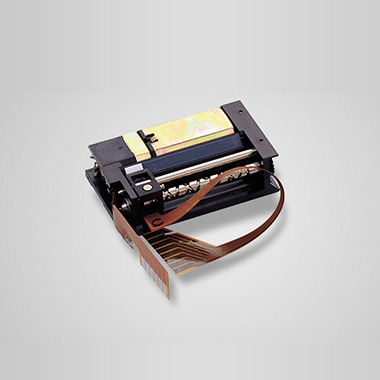
Thermal printer mechanisms
1984
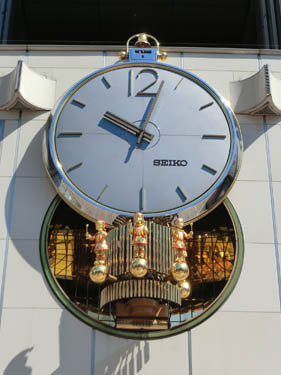
Installation of the Mullion Clock, Japan's first large-scale marionette clock, sparking a national boom in marionette clocks.
1985
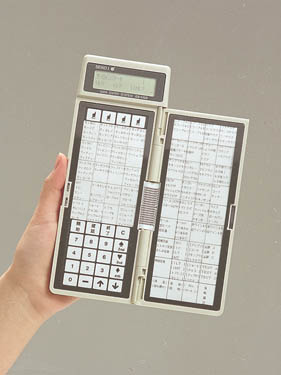
Launching of the automated ordering system for the restaurant industry.
1987

Seiko serves as official timer of the IAAF World Championships in Athletics in Rome.
Thereafter, Seiko continues to serve as official timer of the World Athletics Championships.
1989
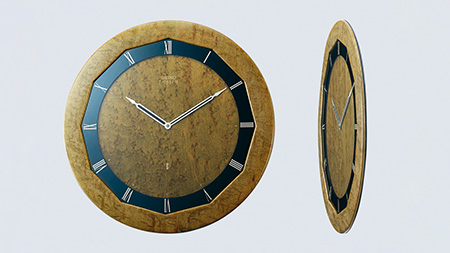
Ultra-thin, ultra-precise wall clocks
1990s—
1993
Seiko Time Systems Inc.
(now Seiko Time Creation Inc.)established.
1999
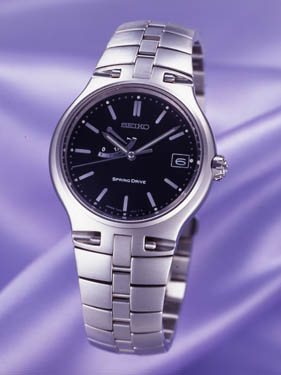
Launching of the world's first Spring Drive watch.
2002
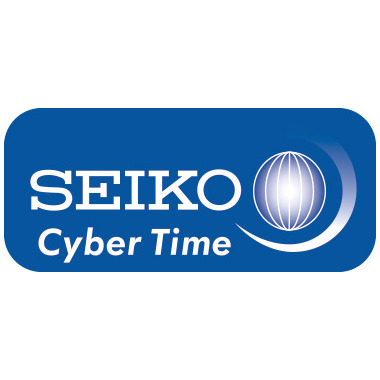
Commencement of time stamp service
2004

Opening of the Shizukuishi Watch Studio, a fully-integrated manufacturing facility for mechanical watches.
2005
Development of mercury-free silver oxide batteries.
2005

Mamoru Sakurada is awarded the Medal with Yellow Ribbon for watch assembly.
Since then, there have been 9 employees awarded the Medal with Yellow Ribbon.
2005
Seiko NPC Corporation established.
2005

Clock recreating the world’s oldest escapement mechanism
2007
Seiko serves as official timer of the 1st Tokyo Marathon, and continues to serve as official timer thereafter.
2009

Business merger with Seiko Instruments Inc.
2012

Launching of the Seiko Astron, the world's first GPS solar watch.
2013
Seiko Solutions Inc. established.
2014
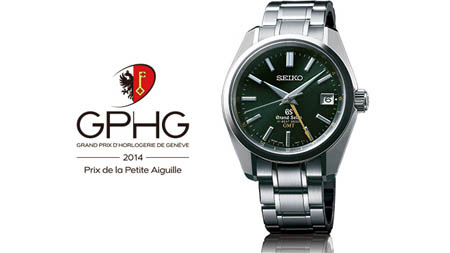
The Grand Seiko Hi-Beat GMT wins the Petite Aiguille prize at the Grand Prixd'Horlogerie de Genève.
2017
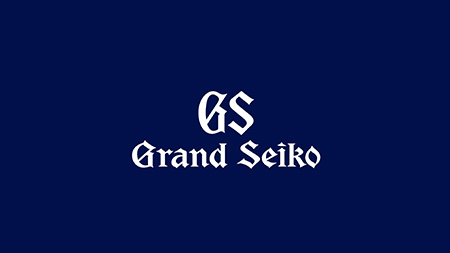
Made Grand Seiko an independent brand
2017

Ultra compact, ultra lightweight mobile printer
for business use, MP-B20
2019

IAAF World Championships in Doha
Contributing to the success of the first World Championships held in the Middle East with the latest timing systems
2019

World’s first reflowable
MS Lithium Rechargeable Battery
2019
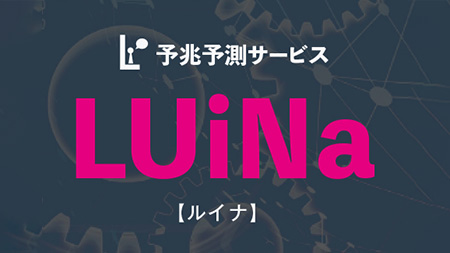
AI learning for sign prediction services, LUiNa
2020

Relocated the Seiko Museum to Ginza and opened as the
"Seiko Museum Ginza"
2022

Watch incorporating the world’s first new mechanism, Grand Seiko Kodo
2022
Changed the name to SEIKO GROUP CORPORATION.
Related information





